35mm Film Digitizing Technology
Mounted 35mm slides and 35mm negative strips
DpsDave Deep Vision
Seeing is believing
Deep Vision Hardware
Used on slides and 35mm negatives
Deep Vision Software
Used on slides, 35mm negatives, large format negatives and Hi Def and Ultra Hi Def prints.
Negatives and Slides are much more difficult to convert to digital than positive film or prints. Negative film fades just like slides, and recovering the original colors is complicated by the various tints used to enhance contrast. Fortunately, we've developed modern technology which can make the final positive images look great. We call it Deep Vision, and it works like magic.
Deep Vision is an advanced image digitizing system that uses the DpsDave Neural Engine to produce digital images with better texture, detail and color. It's called Deep Vision because it allows you to see into the deep dark parts of a photo, and we've gotten a lot closer to the natural vision capability we humans have.
Others
DpsDave
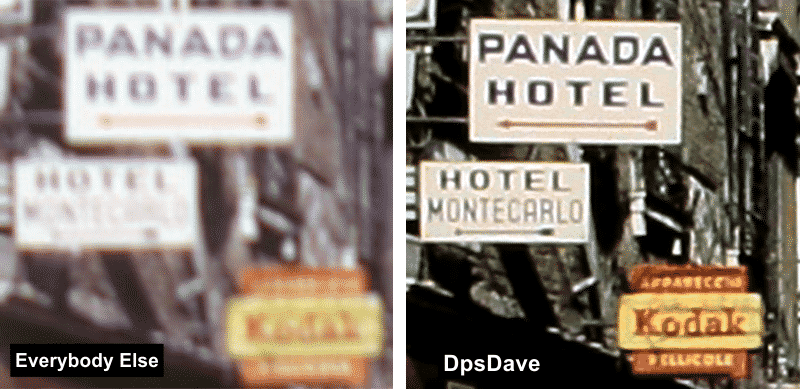

More Resolution
Resolution is the most important thing.
Others
DpsDave
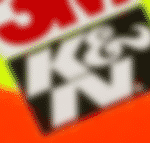




More Clarity
Resolution plus edge contrast creates sharpness.
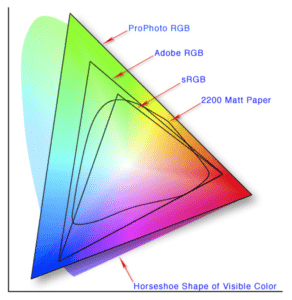

More Color
The color, hue and saturation make up the color space and more is better
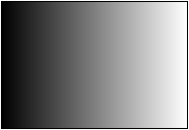

More Shades of Grey
Contrast is the measure of how many shades a grey can be seen, and this is more important than color.
Resolution
Usually measured in Dots Per Inch (DPI) this is the most important part of the digitizing process.
Our eyes are amazing, as we see the world around us as a 50 million dots per inch image. Apparently, we take a bunch of snapshots of the word around us and stitch them together to form the image we see. The brain fills in blank spots from memory, and even makes guesses as to what should be there.
Deep Vision can't do that, but it produces amazing images which are far better that what others can do. Deep Vision starts with a very high resolution: 6,000 DPI, as lower resolution makes the edges of objects jagged, and our eyes interpret this as loss of focus. Below is an example.
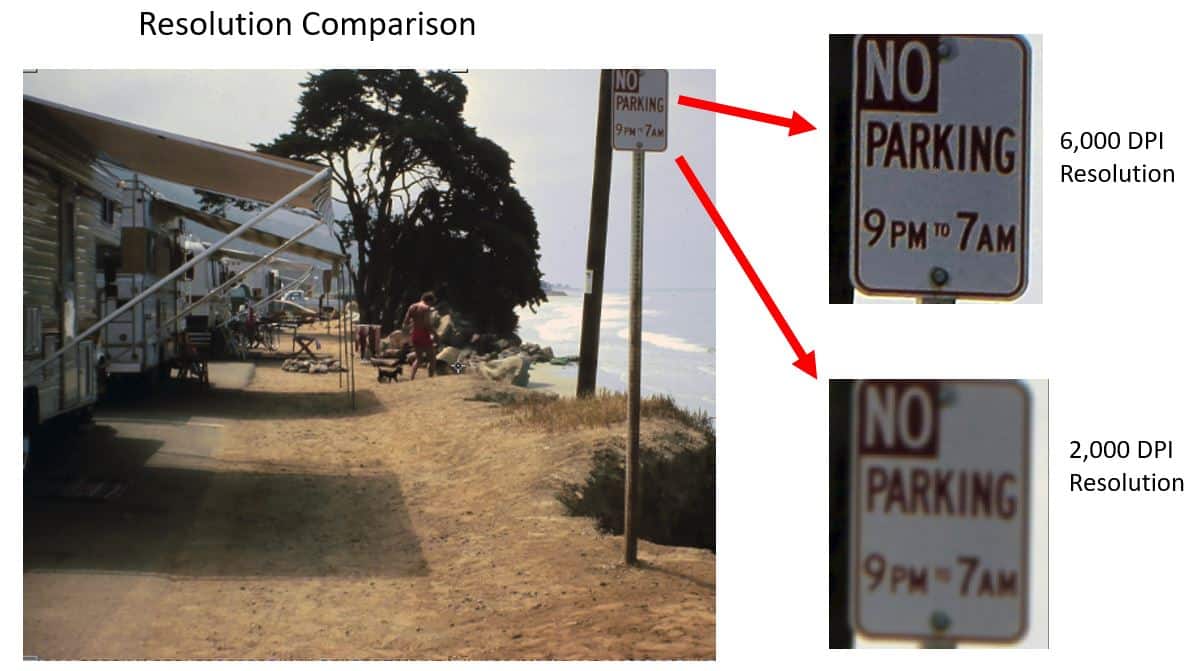
Deep Vision
Deep Vision is an advanced image digitizing system that uses the DpsDave Neural Engine to produce digital images with better texture, detail and color. It's called Deep Vision because it allows you to see into the deep dark parts of a photo, and we've gotten a lot closer to the natural vision capability we humans have.
Clarity
High resolution digital images can be unclear- this happens when edge definition in insufficient. It takes lots of shades of grey and high resolution to produce the sharp images we seek. In addition, printers have developed a big bag of tricks over the last 2 centuries, and amazing results are produced by knowing when and how to apply them. Deep Vision can sense when a particular technique will improve the image, and is empowered to automatically apply it.
Below is a chart comparing how leading film (slide, negatives & positives) scanners perform. The Dynamic Range and Drange are different ways of representing how many shades of grey can be detected. The maximum resolution is what the machine is capable of. Here's the problem everybody is dealing with: to get high resolution takes forever to do. The DpsDave Deep Vision system changed that, and produces high resolution and good productivity.
Need the technical details? Here they are!

Color
Our eyes can distinguish 30 million or so different colors, hues and saturation. This part is really, really hard to get just right, as the colors in the film change over time. To make matters worse, people can see a lot more colors than machines can, as depicted in the chart on the right below. Finally, our world is reflected light, which uses different base colors than the display you are going to look at your digital images on. (Reflective uses Cyan, Magenta, Yellow and Black base colors, where your electronic display uses Red, Green and Blue). Machines have to record and display colors in the RGB color space. It's enough to make your head spin, but Deep Vision handles this with ease, to the extent possible. Deep Vision uses statistical techniques to tell which colors have faded, combines that with knowledge about which colors dyes in the film tend to fade faster (it's not red!) and does an amazing job of the seemingly impossible.

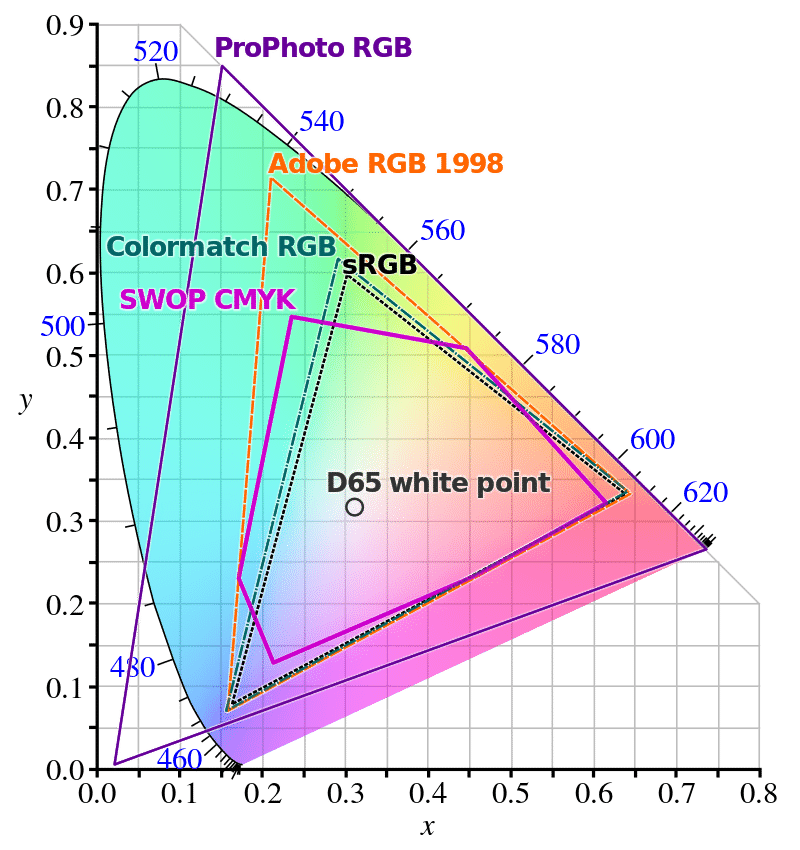
Shades of Grey
Our eyes can distinguish a million different shades of grey. Usually measured as a ratio of the brightest to the darkest part of a digital image or D-range (a logarithmic measurement), this is a measure of the sensitivity of the sensors in the scanners. This element starts to dominate image quality as resolution gets higher, and really drives up the cost of the scanning equipment. Below is a comparison of a dark slide scanned on the DpsDave Deep Vision system versus the Nikon system. The grainy appearance of the Nikon image is a result of sensors trying to see in the dark, but its like they have night blindness.
Deep Vision doesn't have night blindness, and the result is an amazing ability to see deep into the dark areas of the film. This effect applies to over exposed film too! Deep Vision can usually pull details from really bright parts on the photo like clouds in the sky.
Our 10x more shades of gray capability really matters!



